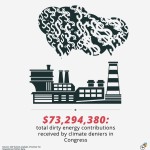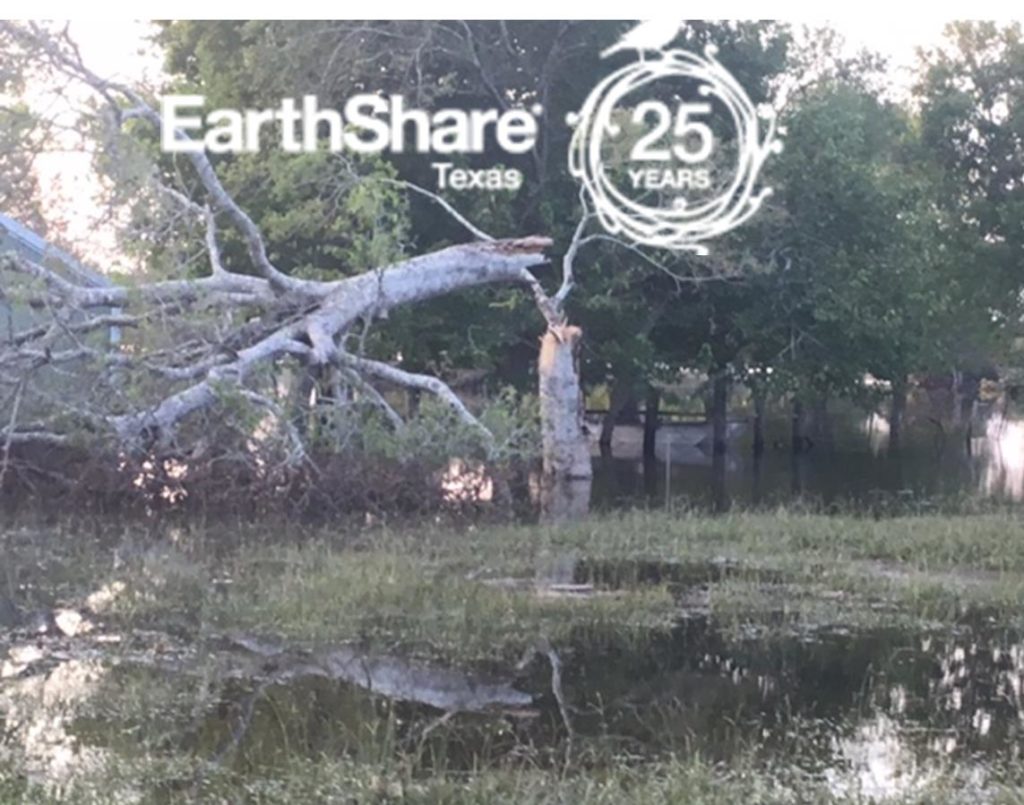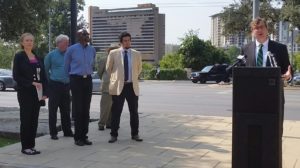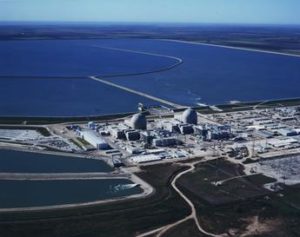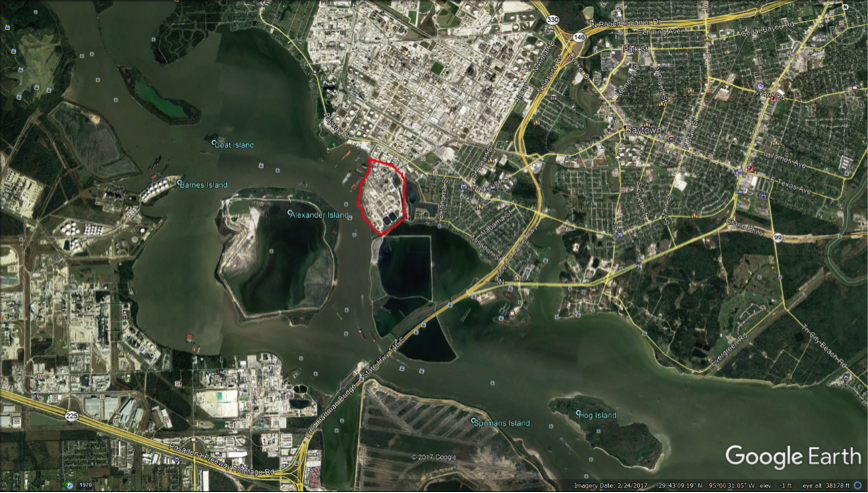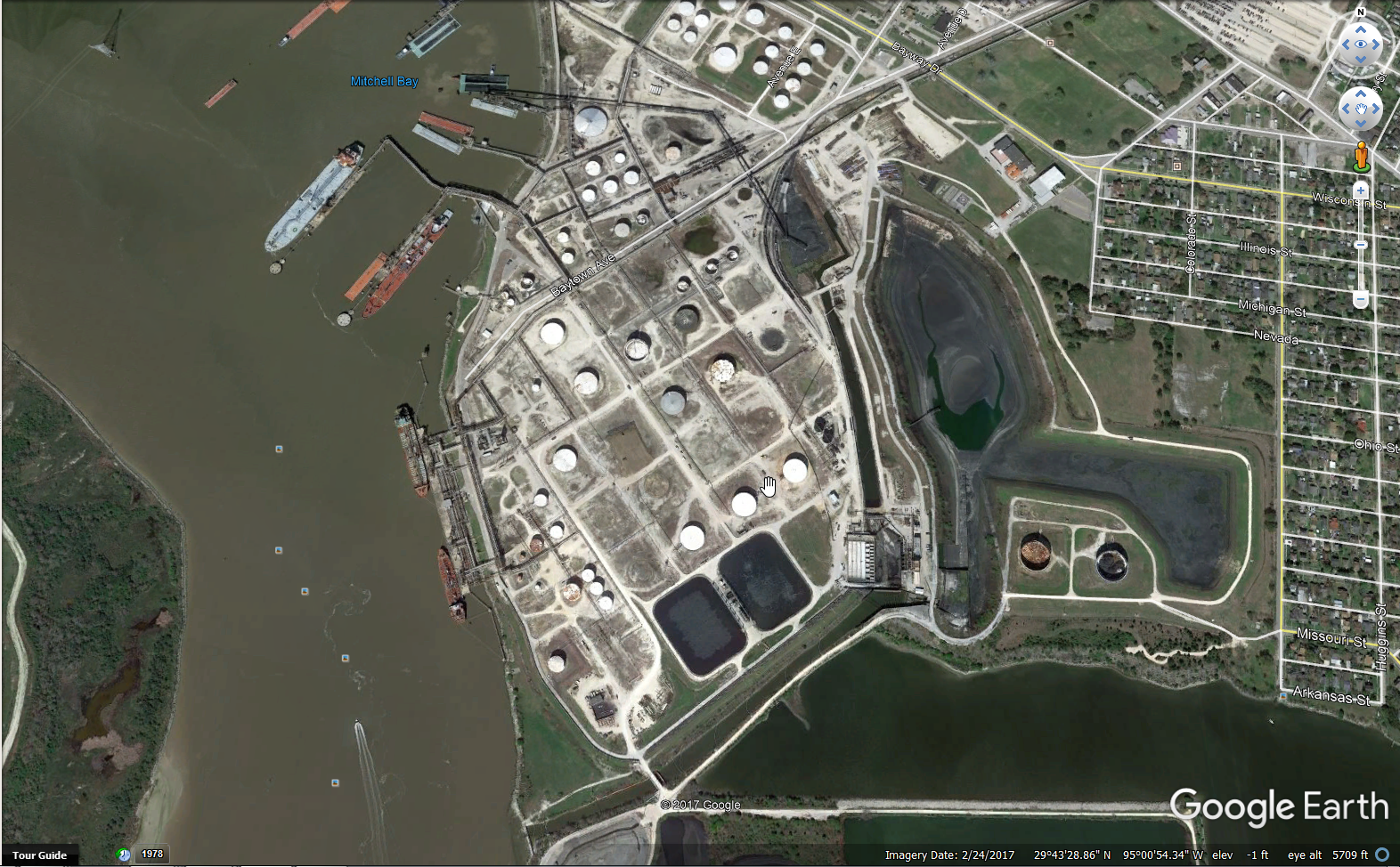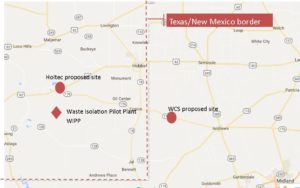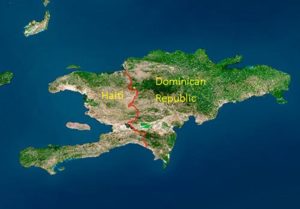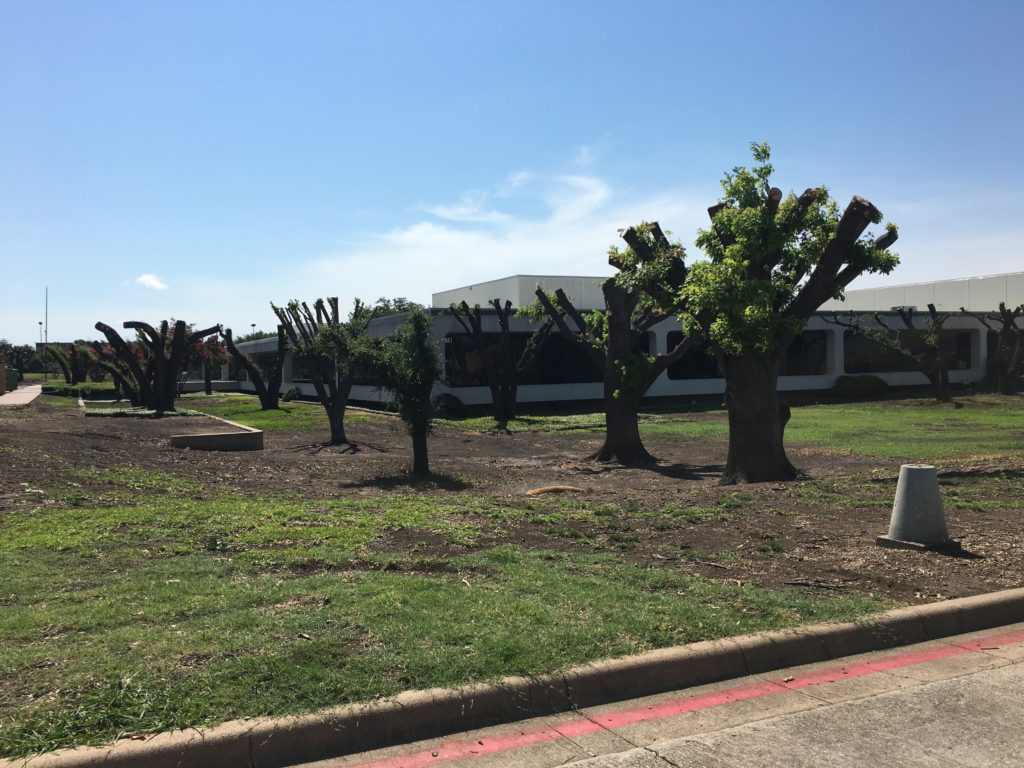Austin City Council adopted a resolution yesterday to direct $500,000 of Austin Energy’s fiscal year 2018 budget to prove solar to “multi-family affordable housing, low-income residents, renters, and non-profits.” Austin Energy staff agree that this goal is achievable and have committed to develop programs to serve these customers. Per the resolution, staff will report back to Council in February on progress made toward achieving this goal.
Expanding access to solar for low-income residents is the next generation of distributed solar policy. As solar prices have dropped significantly and solar financing has become widely available, solar adoption among middle-income residents has increased. But it is still difficult for low-income residents and renters to take advantage of these opportunities in Austin.
There are several barriers to adopting solar with these groups of customers. Renters lack control over the decision and landlords often see no reason to invest in solar to reduce bills for tenants. Low-income residents are more likely to lack access to credit, or sufficient savings to buy solar. And multi-family properties require different billing arrangements than single family homes.
Affordable housing developed by Foundation Communities has been the one big exception to this deficit of solar for low-income residents in Austin. The non-profit boasts 720 kilowatts of solar across many of its Austin properties. Most of these installations are used to supply energy for common areas, or are at properties where Foundation Communities pays all bills for its tenants.
 Foundation Communities Homestead Oaks Apartments in south Austin is the one example where the organization uses solar to reduce the bills of each of its 140 tenants. Unfortunately, Austin Energy’s billing policy required that each unit have its own, independent solar array. Instead of one big solar installation on the roof, there are 140 installations, each with its own production meter. This drove up the cost by 15-20%, resulting in a large area of wall being filled with meters, and made the job more complicated. It’s not an attractive model.
Foundation Communities Homestead Oaks Apartments in south Austin is the one example where the organization uses solar to reduce the bills of each of its 140 tenants. Unfortunately, Austin Energy’s billing policy required that each unit have its own, independent solar array. Instead of one big solar installation on the roof, there are 140 installations, each with its own production meter. This drove up the cost by 15-20%, resulting in a large area of wall being filled with meters, and made the job more complicated. It’s not an attractive model.
What is the solution? Shared solar – similar to virtual net metering that exists in many other states. Austin Energy needs to update its billing system to allow Value of Solar production credits (Austin Energy’s alternative to net metering) from a single solar array to be divided among multiple customer accounts. Austin Energy has committed to making this change by September 2018.
The Shared Solar billing solution is just the start. Much more will be needed to make solar accessible to low-income residents and renters. Austin Energy could offer a higher residential solar rebate for installations on affordable housing properties where solar is used to benefit the individual residences (such as at the Homestead property). The utility already offers a somewhat higher solar incentive for nonprofits with commercial customer accounts, but these is currently no such offer for residential accounts for multifamily housing.
Another option would be to implement a program similar to CPS Energy’s Solar Host program. This program allows residents to benefit from rooftop solar without making any investment. The utility contracts with a solar developer who installs solar on customer rooftops. The utility pays the solar developer a set rate per kilowatt-hour of energy produced, and each participating customer receives a bill credit for each kilowatt-hour produced on their roof. Essentially, the customer is renting their roof space. The bill credits aren’t as high as if the customer owned the solar installation, but it requires no investment on their part, making solar accessible to low-income customers.
Implementing an on-bill repayment program could expand access to solar for renters. This would tie a solar loan to a particular customer meter, as opposed to the customer themselves. When one tenant moves out and another moves in, both the repayment of the loan and the bill credits from solar production transfer to the new tenant. Ideally, such a program would ensure that average annual bill credits exceed annual loan repayment, meaning that a customer’s energy bill would not increase.
Buying down the community solar rate for low-income customers would also help renters. Austin Energy is considering donating solar installations to affordable housing properties. That’s how the Guadalupe-Saldana Net Zero Subdivision was able to incorporate solar. Public Citizen fully supports this, but recognizes that this solution will always be limited by available funding.
 The Austin City Council resolution was sponsored by Council Member Greg Casar and co-sponsored by Council Members Leslie Pool, Delia Garza, and Pio Renteria. They were joined in support by Council Members Ann Kitchen, Alison Alter and Ora Houston, Mayor Pro Tem Tovo, and Mayor Steve Adler. Public Citizen applauds City Council and Austin Energy for embracing this next step in local solar development in Austin and looks forward to engaging with staff and other stakeholders to make this effort a success.
The Austin City Council resolution was sponsored by Council Member Greg Casar and co-sponsored by Council Members Leslie Pool, Delia Garza, and Pio Renteria. They were joined in support by Council Members Ann Kitchen, Alison Alter and Ora Houston, Mayor Pro Tem Tovo, and Mayor Steve Adler. Public Citizen applauds City Council and Austin Energy for embracing this next step in local solar development in Austin and looks forward to engaging with staff and other stakeholders to make this effort a success.


